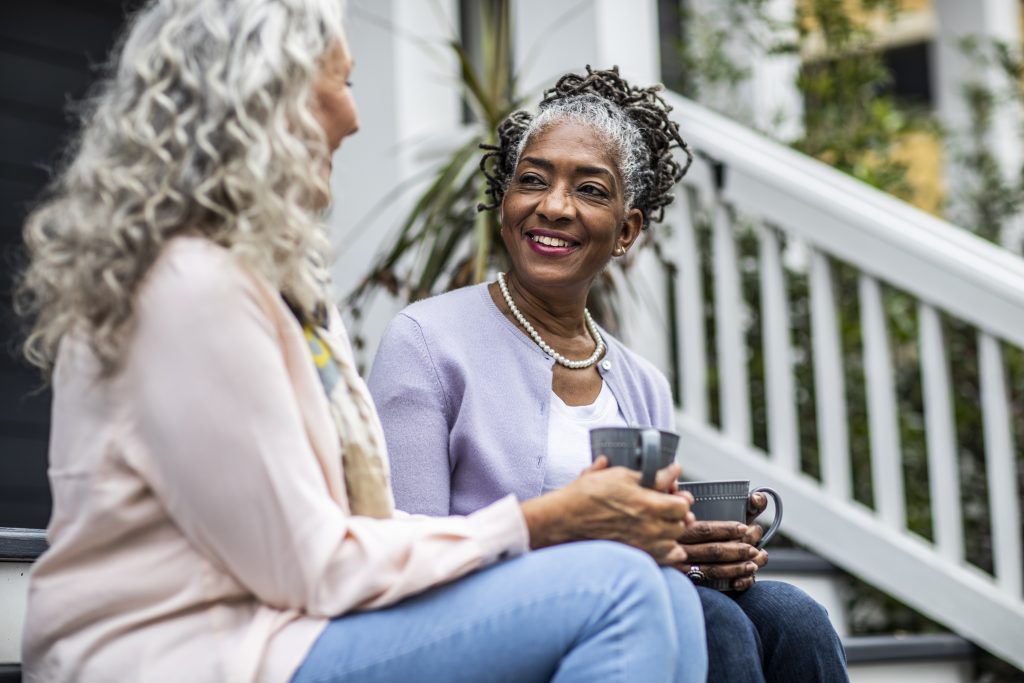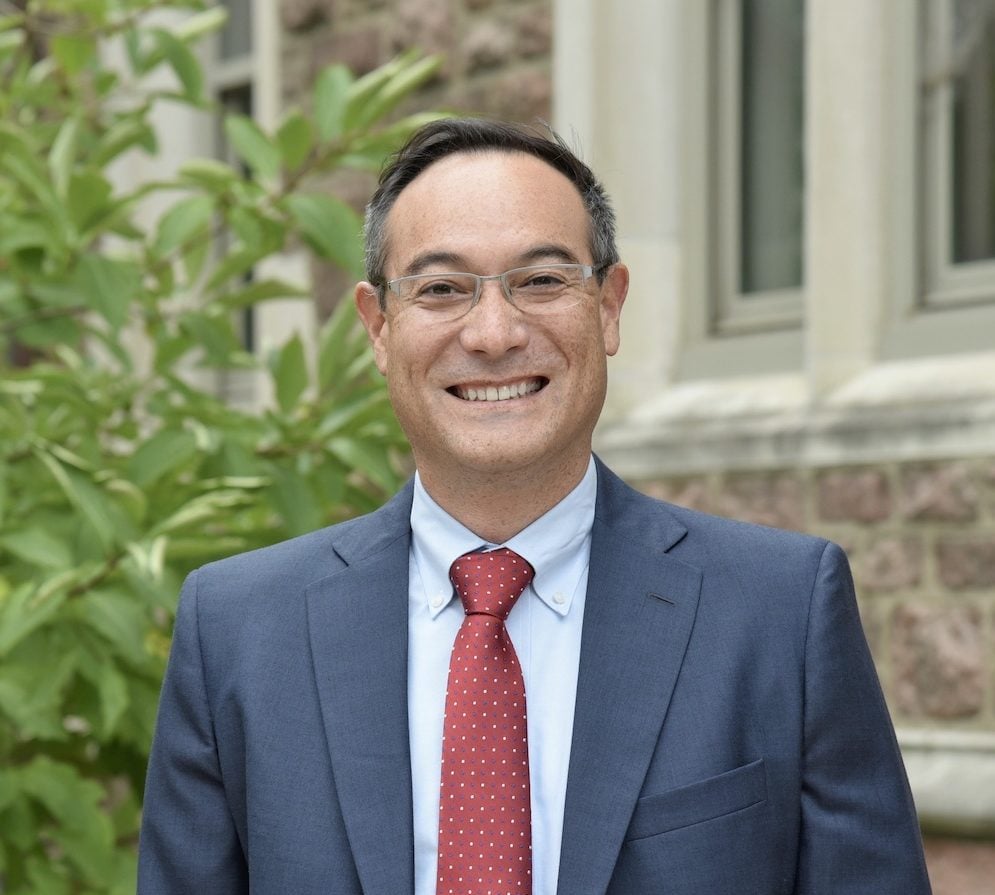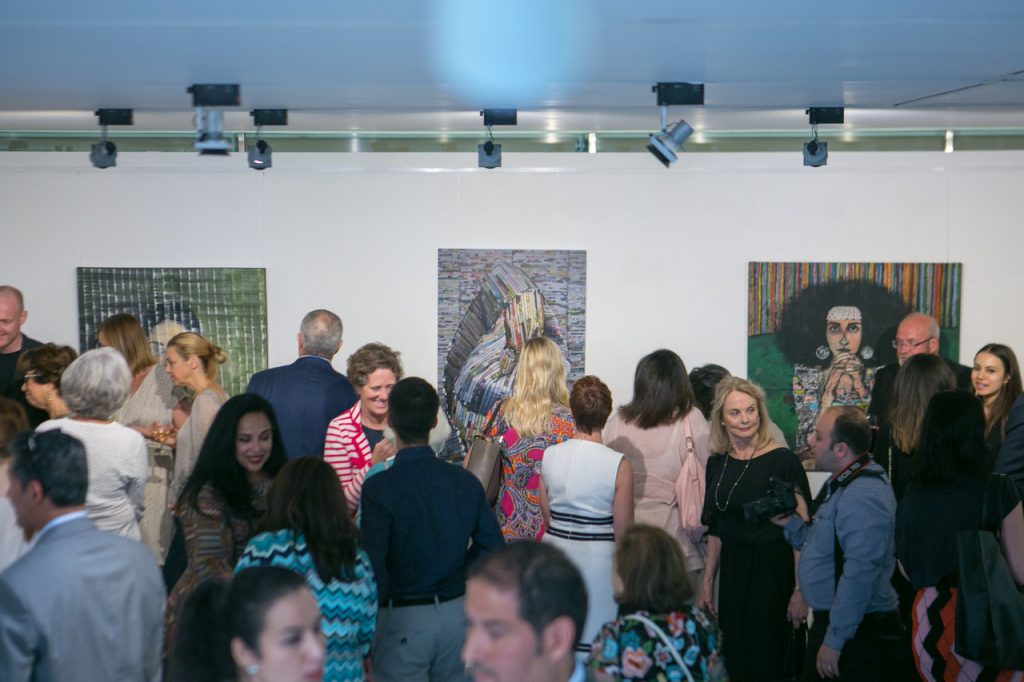Announcing the Building Interfaith America Grants: Let’s Do This Together
May 10, 2022

As we move into this new phase of Interfaith America and move into the new phase of this pandemic, we must ask, “If not with others, how?”
To begin to answer this, we are excited to launch the Building Interfaith America Grants for campuses and Emerging Leaders. These grants will provide our network the opportunity to identify an expressed need in their community and work with others across differences and engage worldview, faith, and religious diversity to address the need and create a common good. To do good in the world and to do it with others.
Learn more about applying for the Building Interfaith America Grants.
As someone who exists mostly on Eggo waffles, grilled cheese, and pasta, I am constantly surprised at how excited I become each year as Passover inches closer and closer. Regardless of the stress of meal planning, my body buzzes with excitement as I think about the intentional opportunity to pause and reflect on the stories of the past and how they translate to my current world.
In 2020, I reflected on the importance of handwashing during the seder; in 2021, it was the meaning of “dayenu” and what is enough.
This year, it was the phrase “And if not with others, how?”
Growing up, my parents spent hours preparing our Passover seder to be as fun as possible — we threw cotton balls to represent hail, put stickers on our faces for boils, and all the children had their own Afikomen bags to find after dinner. As we got older, the seder shifted from entertaining to engaging; we thought about what currently plagues us, who is still enslaved, and our role in building a better world. Regardless of whether there are plastic frogs being flung into our cups of wine/grape juice or not, I find that each year, there is one part of the seder that stands out to me, as if I am Moses and this certain passage is the burning bush.
As Rabbi Hillel noted, “If I am not for myself, who is for me? [If] I am [only] for myself, what am I? If not now, when?” (Pirkei Avot 1:14) This, for me, has always been a driving force in thinking about how to do good in the world. The Haggadah we used this year added the Adrienne Rich quote “And if not with others, how?” As my family moved on to the next page, singing the four questions or dipping parsley in the salt water, I was stuck on “If not with others, how?”
If not with others, how?
Last year, I had the honor of working with our Faith in the Vaccine Ambassadors (FIVA) campus initiative. When the opportunity arose for people to help others, we had nearly 2,000 students jump at the chance. What I quickly learned was the importance of doing this together. The Ambassadors worked in communities they were already a part of, addressed the root cause of vaccine hesitation, and went with others into the unknown. We cannot build a better world without each other.
When the FIVA program began we had already spent a year apart from loved ones, acquaintances, strangers — we grieved alone, laughed alone, celebrated, and mourned alone, and finally we were able to come together again. Sure, our campus partners could have worked alone, but their success came from working together, across differences, and through the strengths of the community.
As Interfaith America looks to “devote its energies to serving as a catalyst, a resource, and a partner for building Interfaith America the nation,” this grant will support projects for our network to identify an expressed need in a community and work together to address it.
Similar projects, highlighted in our resource guide and toolkit, have included:
- Wiley College brought together different campuses in Texas for meaning-making experiences facilitated by campus faith leadership. The initiative will equip students to foster mutual care and curiosity across geographic and denominational difference to form a more expansive, respectful, and inclusive community.
- At University of Illinois at Urbana-Champaign, a religious studies professor and the vice president of diversity partnered with the Veterinary Medicine Faculty to create a course on religious diversity in veterinary medicine, using real-life case studies to build interfaith competencies. As students discussed Hindu sacred cows and Indigenous non-ownership of animals, they interrogated important questions regarding animals, the environment, and different worldviews’ perspectives around human responsibilities for each of these. The course provided essential information for work in a quickly diversifying field and enabled students to consider their own worldviews in the context of their future profession.
As Eboo stated: Together, we are architects of this interfaith America. Now, let’s build.
Rachel Kline is an Interfaith America Program Manager.
Share
Related Articles
American Civic Life
Is This a Time for Bridgebuilding? 5 Leaders in Conversation
American Civic Life
American Civic Life
Eboo Patel and Wajahat Ali: Is “Interfaith America” Even Possible?



